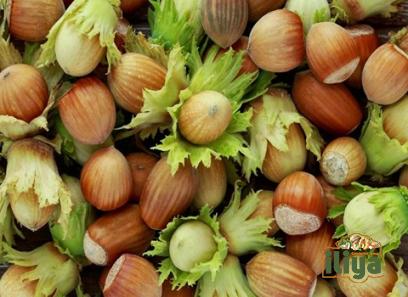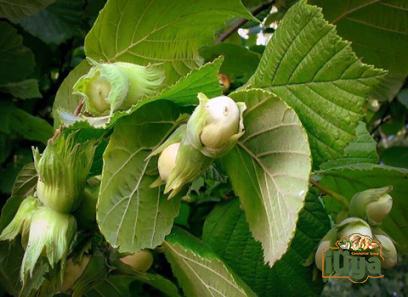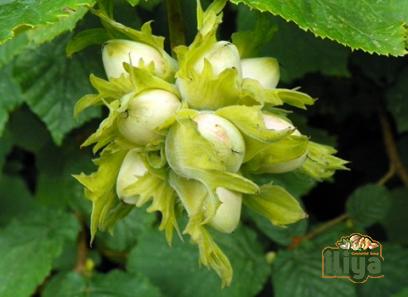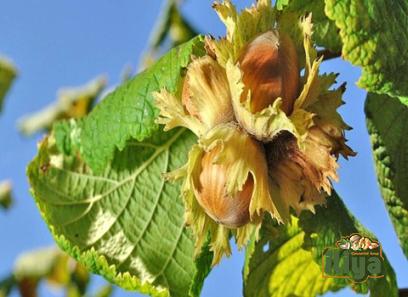When it comes to adding a touch of nature to your landscape or garden, the European Hazel, scientifically known as Corylus avellane, is a versatile and popular choice.
From its ornamental appeal to its delicious nuts, this shrub offers a range of benefits.
Whether you are a seasoned gardener or just starting, learning how to cultivate European Hazels can be a rewarding experience.
In this comprehensive guide, you will delve into everything you need to know about planting, growing, and harvesting European Hazels, taking you from zero to one hundred in your hazel cultivation journey.
Characteristics of European Hazel
European Hazels are characterized by their multi-stemmed growth habit, reaching a height of 12-20 feet and a spread of 10-15 feet at maturity.
The leaves are rounded with serrated edges and a soft texture.
The catkins, which appear in late winter or early spring, add visual interest to the plant before the foliage emerges.
The nuts produced by European Hazels are enclosed in a protective husk, which splits open when ripe to reveal the edible kernel within.

.
 Planting European Hazels When planting European Hazels, it is crucial to choose a suitable location that meets their sunlight and soil requirements.
Planting European Hazels When planting European Hazels, it is crucial to choose a suitable location that meets their sunlight and soil requirements.
Select a spot with full sun to partial shade and well-drained soil.
Before planting, prepare the soil by incorporating organic matter and ensuring proper drainage.
European Hazels can be propagated from seeds, suckers, or by grafting.
To plant European Hazels from seeds, collect fresh nuts in the fall and soak them in water for 24 hours.
Place the nuts in a plastic bag with moist peat moss or sand and store them in the refrigerator for stratification.
In the spring, sow the stratified nuts in pots or directly in the ground at a depth of 1-2 inches.
Alternatively, you can propagate European Hazels from suckers by digging up young shoots that emerge from the base of the plant.
Transplant the suckers to a prepared site and water them thoroughly to help establish roots.
Grafting is another propagation method where a scion from a desirable cultivar is attached to a rootstock to create a new plant.
.
 ### Care and Maintenance Once established, European Hazels require regular care and maintenance to ensure healthy growth and productivity.
### Care and Maintenance Once established, European Hazels require regular care and maintenance to ensure healthy growth and productivity.
Provide adequate water during dry periods, especially in the first few years after planting.
Mulching around the base of the plant can help retain moisture and suppress weeds.
Pruning is essential to shape the plant, promote airflow, and remove dead or diseased branches.
It is recommended to prune European Hazels in late winter or early spring before new growth emerges.
Remove any crossed or overcrowded branches to improve light penetration and air circulation within the canopy.
Fertilize European Hazels in early spring with a balanced fertilizer to support growth and nut production.
Avoid over-fertilization, as this can lead to excessive vegetative growth at the expense of fruiting.
Monitor the plant for signs of pests and diseases, and take prompt action to address any issues that arise.
.
 Propagating European Hazels is a rewarding and fulfilling experience that allows you to expand your hazel collection and enjoy the beauty and bounty of these versatile plants.
Propagating European Hazels is a rewarding and fulfilling experience that allows you to expand your hazel collection and enjoy the beauty and bounty of these versatile plants.
Whether you choose to propagate hazels from seeds, suckers, or by grafting, each method offers unique advantages and challenges.
By following the proper techniques and providing adequate care and maintenance, you can successfully propagate hazels and watch them thrive in your garden or landscape.
So, why not take the plunge and embark on a hazel propagation journey today?
With a bit of time, patience, and dedication, you can propagate European Hazels and enjoy the many benefits they have to offer.
From their striking foliage to their delicious nuts, hazels are sure to bring joy and satisfaction to your gardening endeavors.











Your comment submitted.